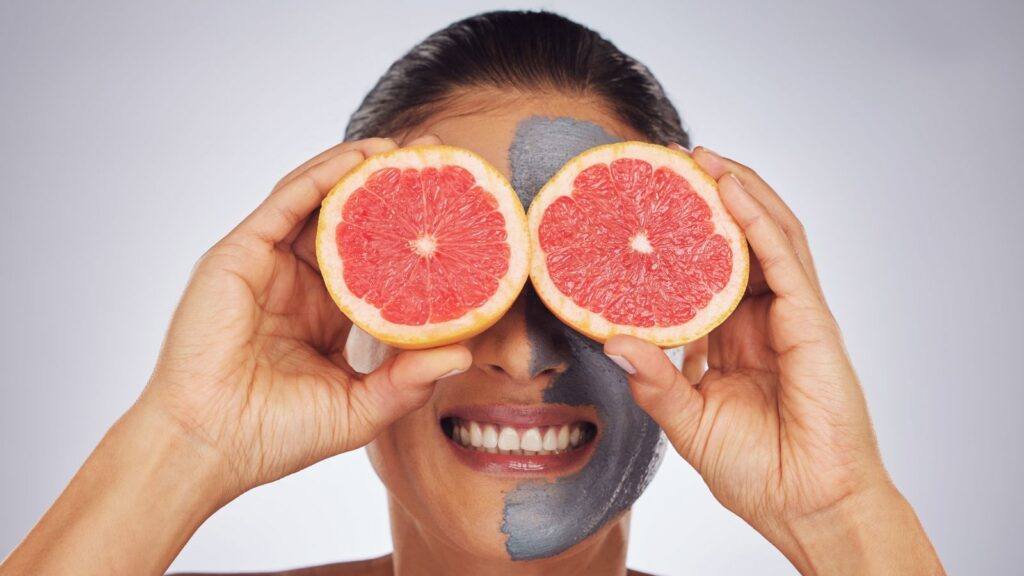In today’s modern world we are used to using products that are convenient and easily accessible. But, we often assume that regular household products are safe to use and don’t pay too much attention to their ingredients. We take a look at 20 hidden hidden dangers in popular products you use every day:
Processed Foods

Processed foods, such as chips and cookies often contain artificial additives, such as preservatives and flavor enhancers. Some of these additives, like BHA and BHT, are linked to cancer, while others may cause hyperactivity in children. Trans fats, which are often included in processed foods, have been linked to conditions like diabetes and heart disease.
Non-Stick Cookware

Non-stick cookware, particularly those coated with Teflon, releases toxic chemicals like perfluorooctanoic acid (PFOA) when heated at high temperatures. Some studies have shown these substances are linked to liver illness, cancer and even problems with a child’s growth. When using non-stick cookware, particularly if the coating is scratched, cooking on them can expose your food to these dangerous chemicals.
Shampoo and Conditioner
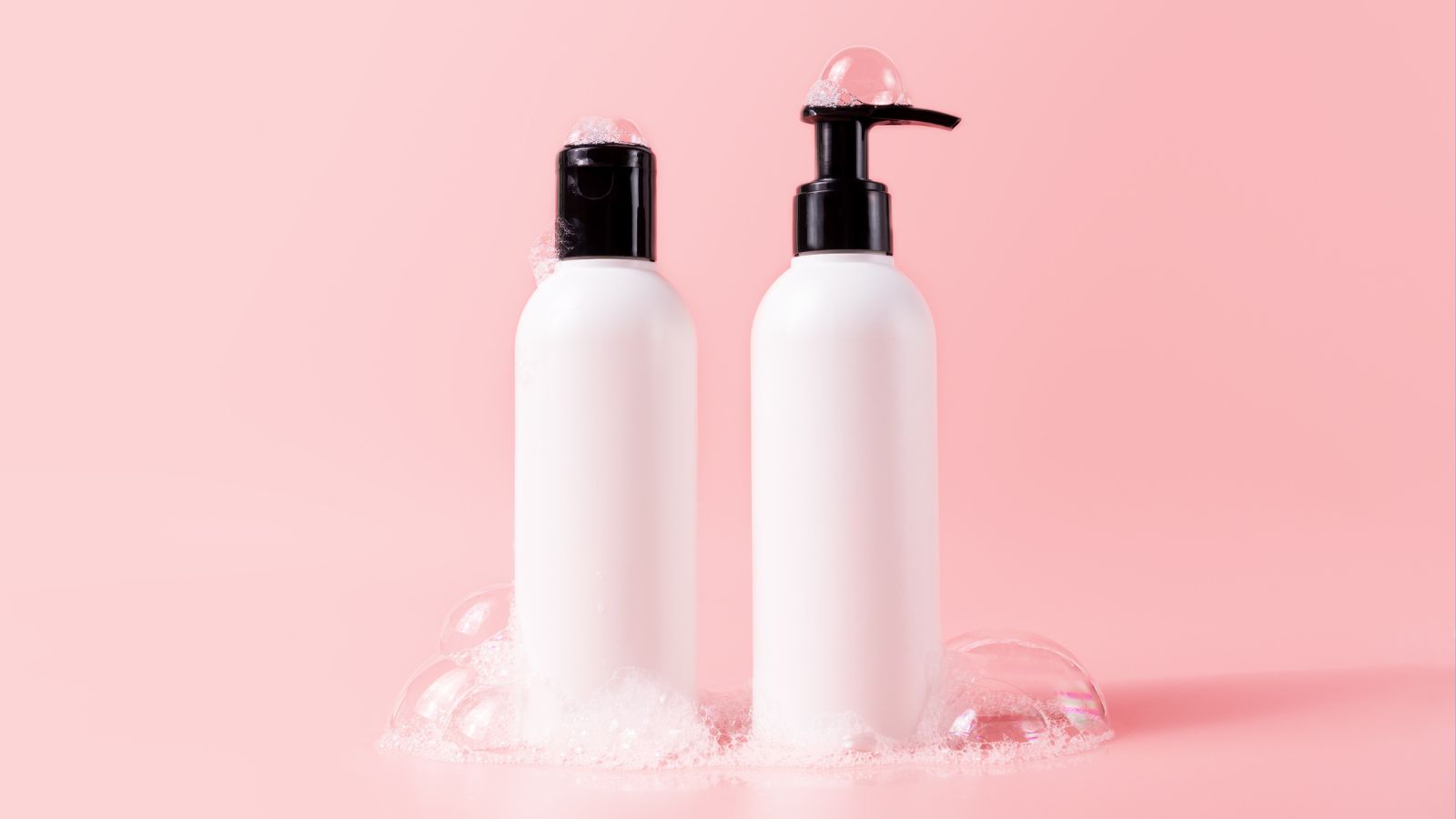
Many shampoos and conditioners contain sulfates and parabens, which act as preservatives and foaming agents. These toxins can strip your hair of natural oils and have been linked to hormone disruption and an increased risk of breast cancer as well as causing skin irritation and allergic reactions.
Toothpaste
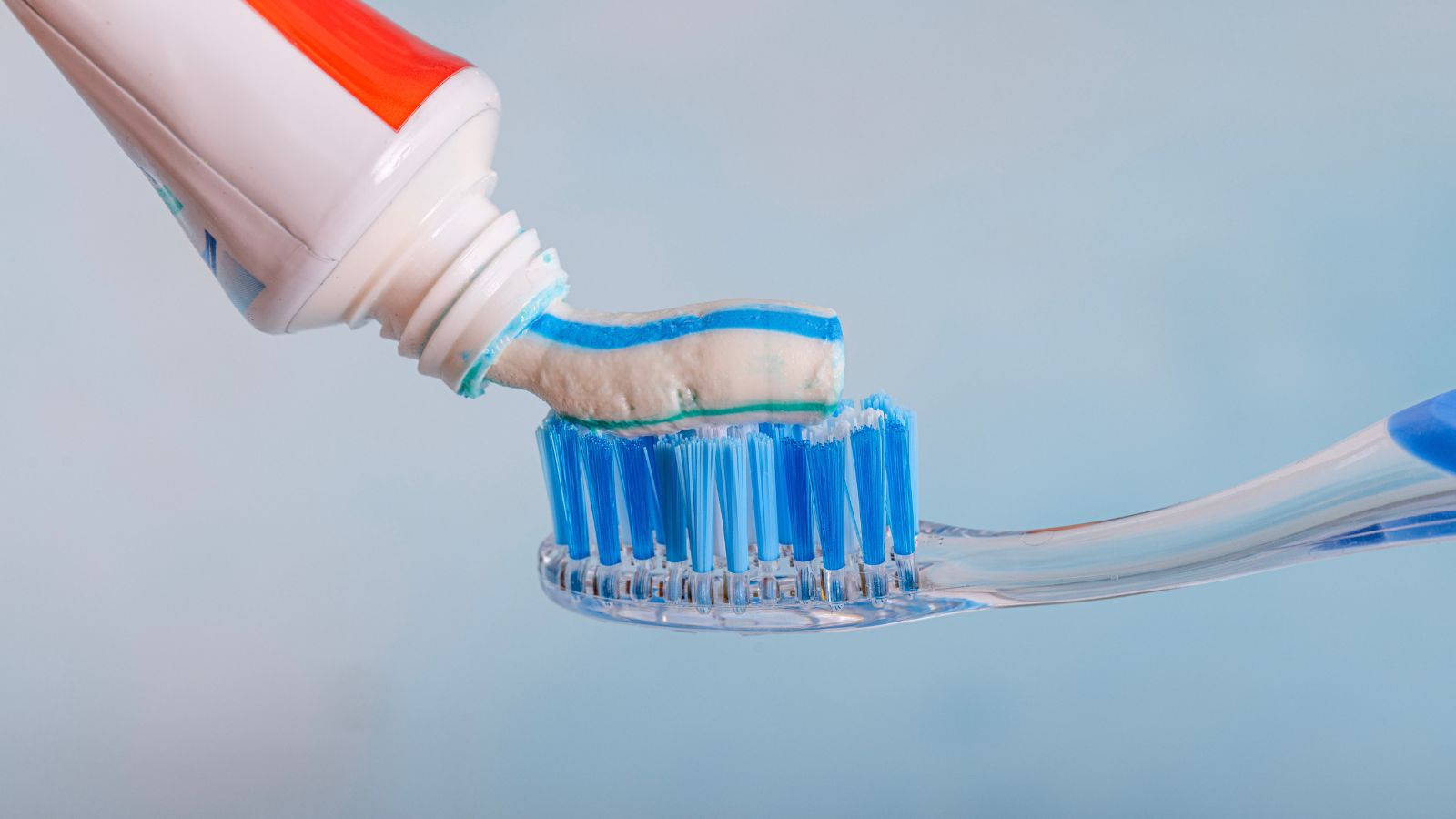
Toothpaste containing triclosan, fluoride, or sodium lauryl sulfate (SLS) can have harmful effects. Triclosan, an antibacterial agent, has been linked to hormone disruption, while fluoride in excess can cause dental and skeletal fluorosis. SLS, a foaming agent, may cause mouth irritation and sores in some individuals.
Antibacterial Soaps and Hand Sanitizers

Antibacterial soaps and hand sanitizers often contain triclosan, a chemical linked to antibiotic resistance and hormonal disruption. While designed to kill bacteria, overuse of these products can lead to an imbalance in the body’s natural bacteria and contribute to the rise of “superbugs” that are resistant to traditional antibiotics.
Plastic Food Containers
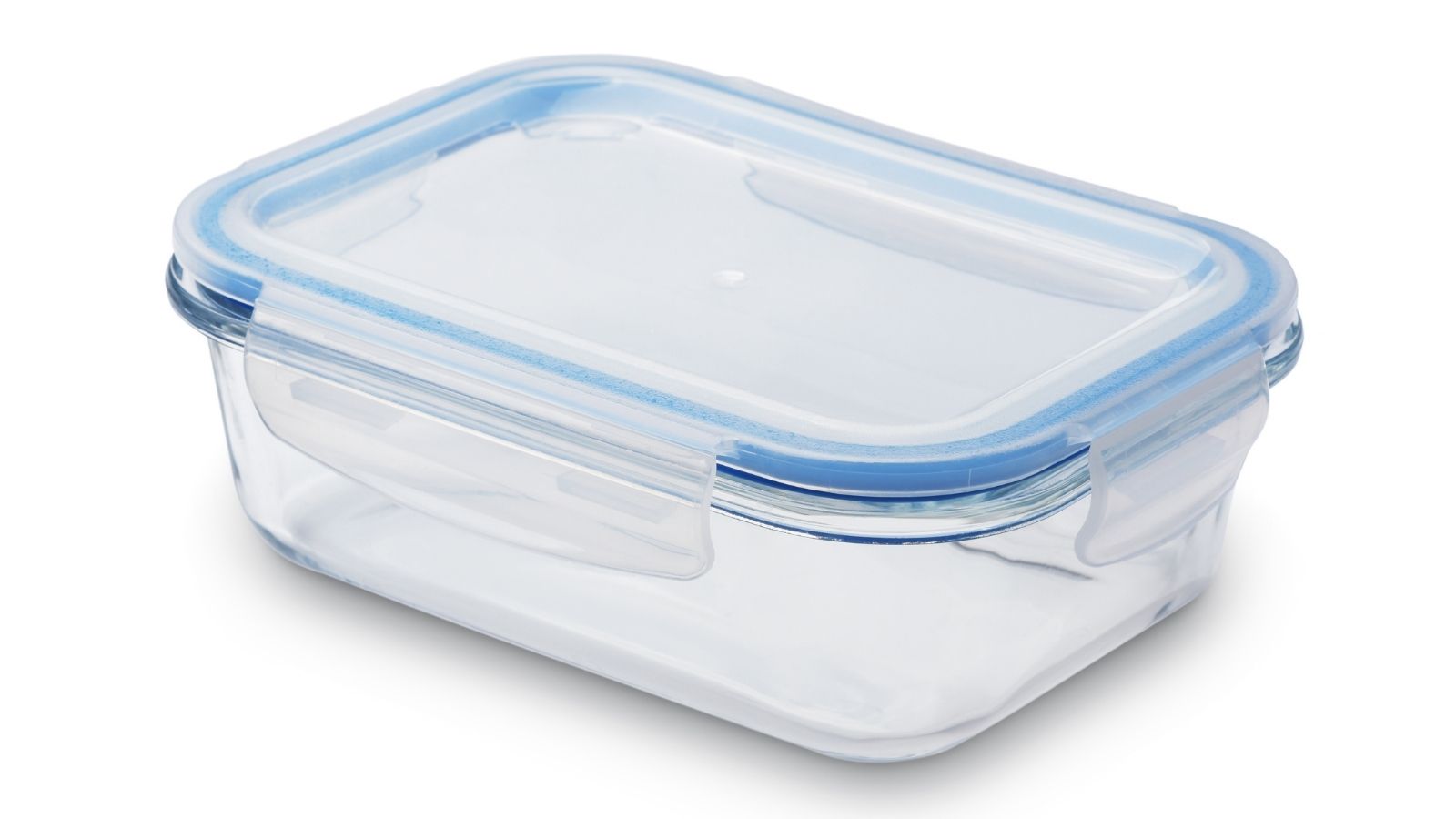
Plastic containers made with BPA (Bisphenol A) or phthalates can leach harmful chemicals into your food, particularly when heated. These substances have been linked to obesity and reproductive issues because they are known to be endocrine disruptors, which means they change our hormones.
Air Fresheners
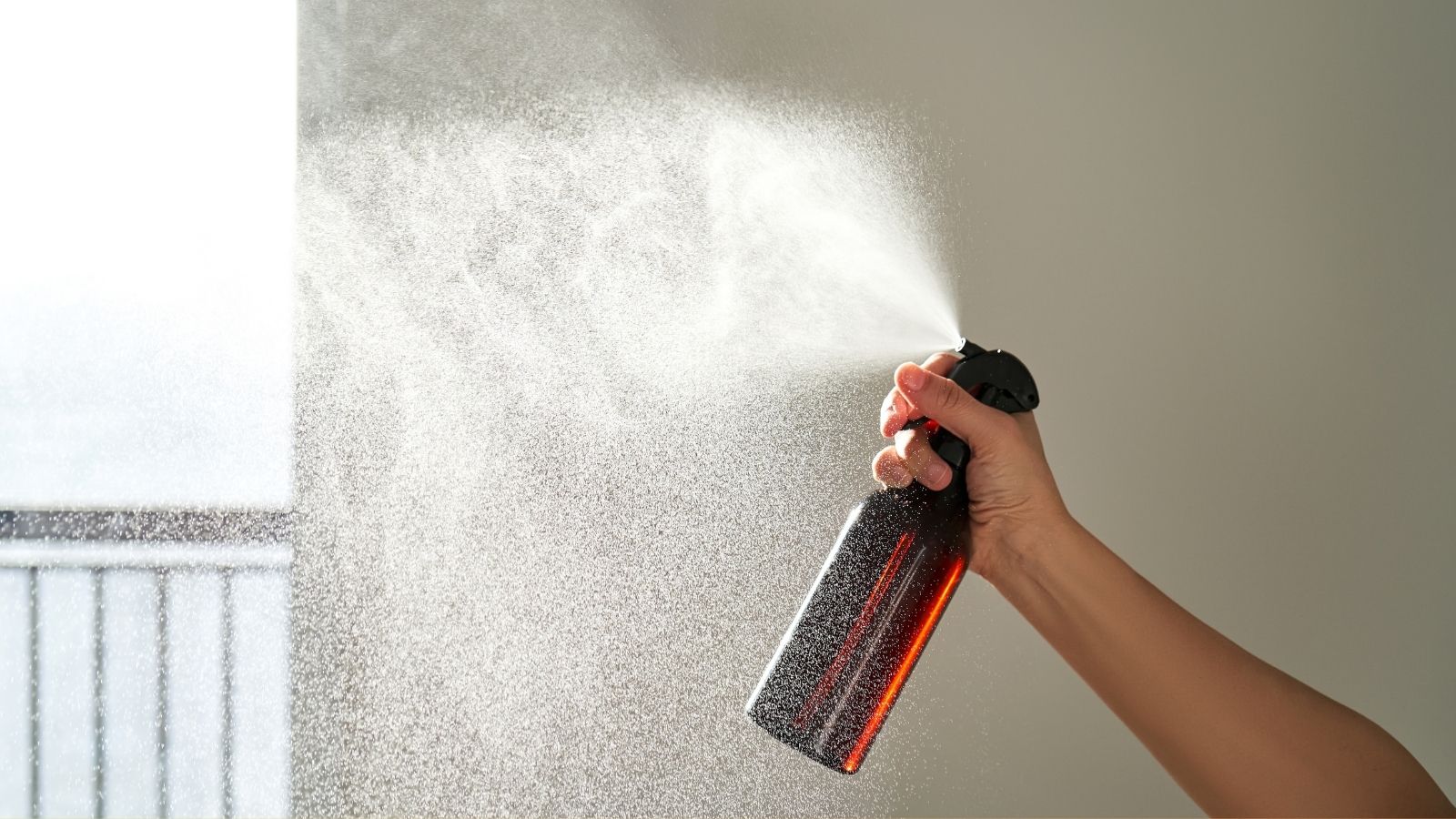
Many air fresheners contain phthalates, chemicals used to disperse fragrances. These Synthetic fragrances have been known to disrupt hormones and long-term exposure has been linked to respiratory issues, allergies and hormone imbalances.
Baby Powders and Talc-Based Products
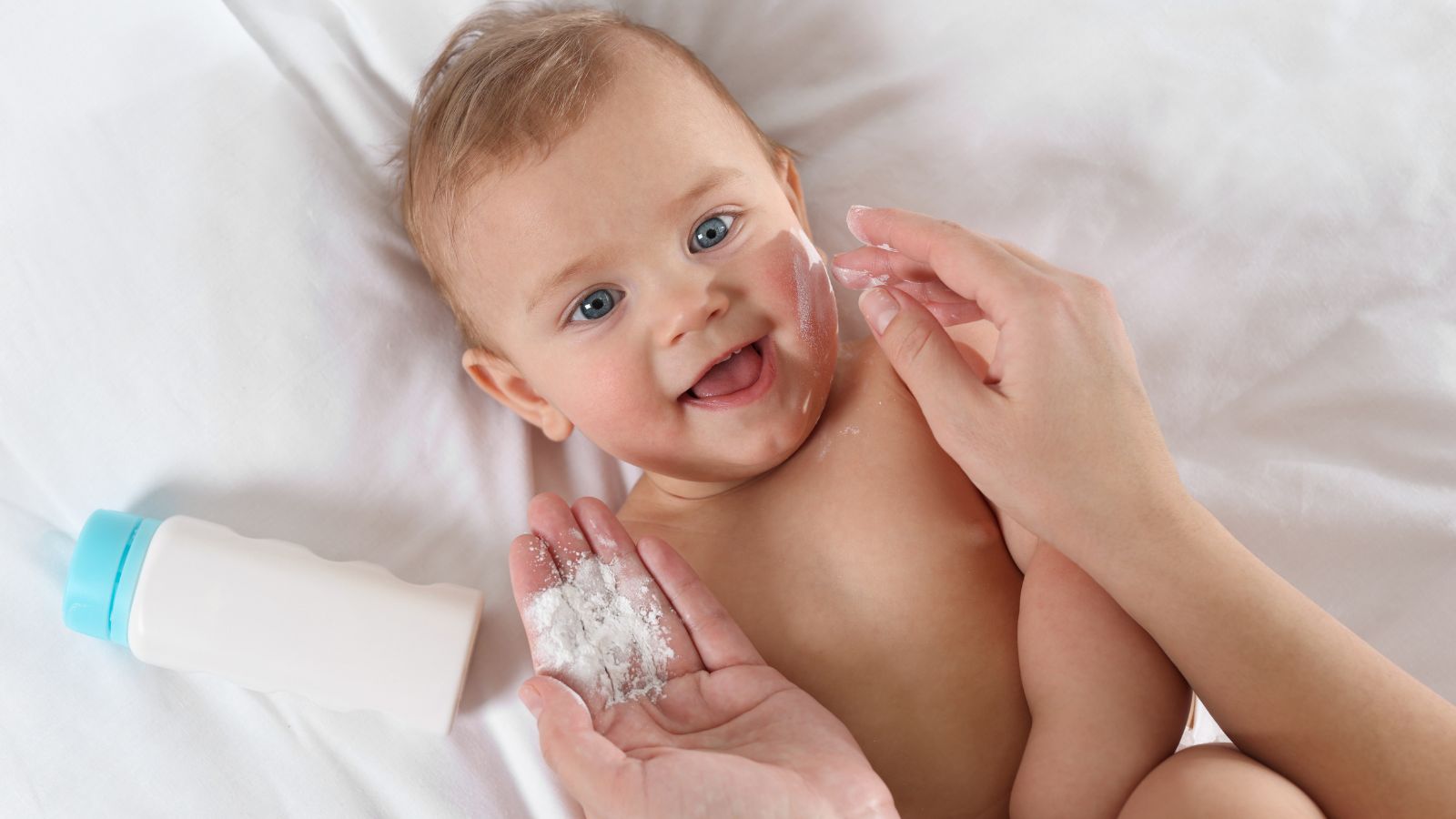
Talc-based products, such as baby powder, have been linked to ovarian cancer and respiratory issues. Some talc can contain asbestos, a known carcinogen. Even asbestos-free talc can still cause irritation or inflammation if inhaled, especially in children.
Household Cleaners
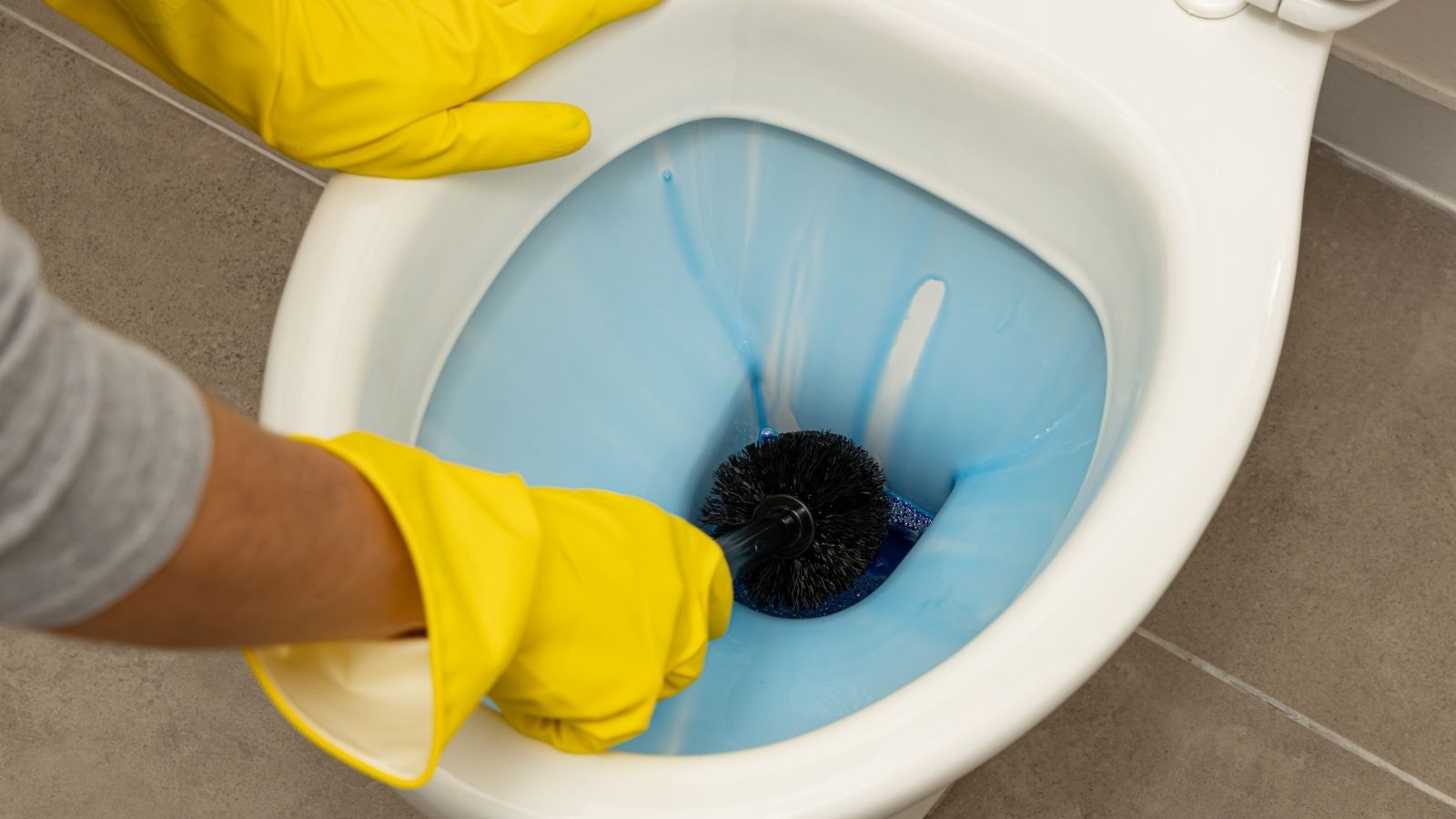
Volatile organic compounds (VOCs) are used in common household cleansers, particularly those with strong smells. These VOCs evaporate into the atmosphere and are harmful to people with respiratory diseases like asthma and can also cause headaches, dizziness and nausea.
Cosmetics and Makeup

Many cosmetics contain lead, formaldehyde and phthalates, which are harmful when absorbed through the skin. Lead, commonly found in lipsticks, can accumulate in the body over time, potentially causing neurological damage. Parabens in cosmetics can interfere with hormone production and contribute to cancer risks.
Nail Polish and Nail Polish Remover
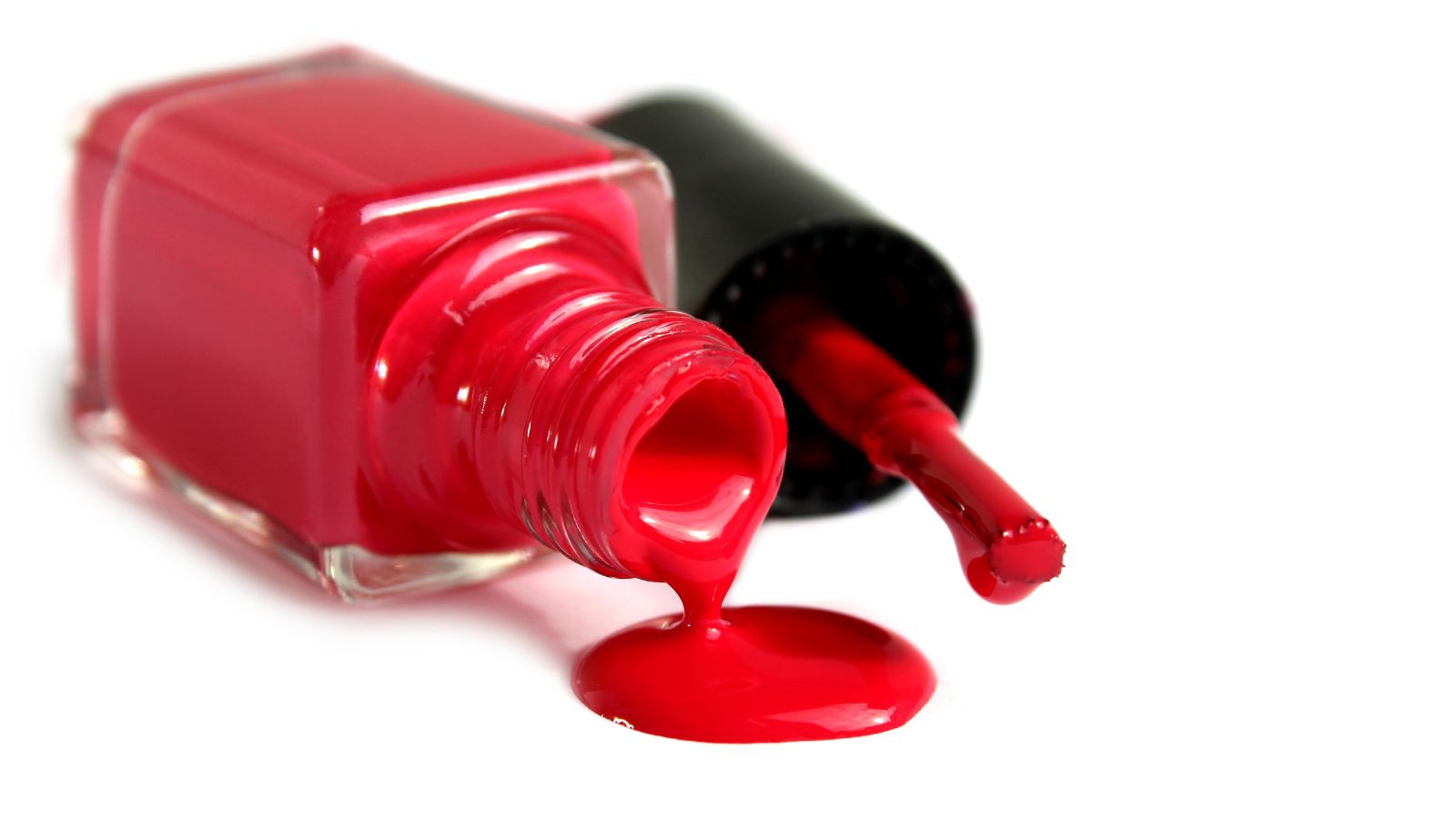
Nail polish and its remover often contain harmful chemicals like toluene, formaldehyde and dibutyl phthalate. These chemicals tend to cause headaches, dizziness and, in severe cases, are linked to reproductive issues and even cancer.
Laundry Detergents
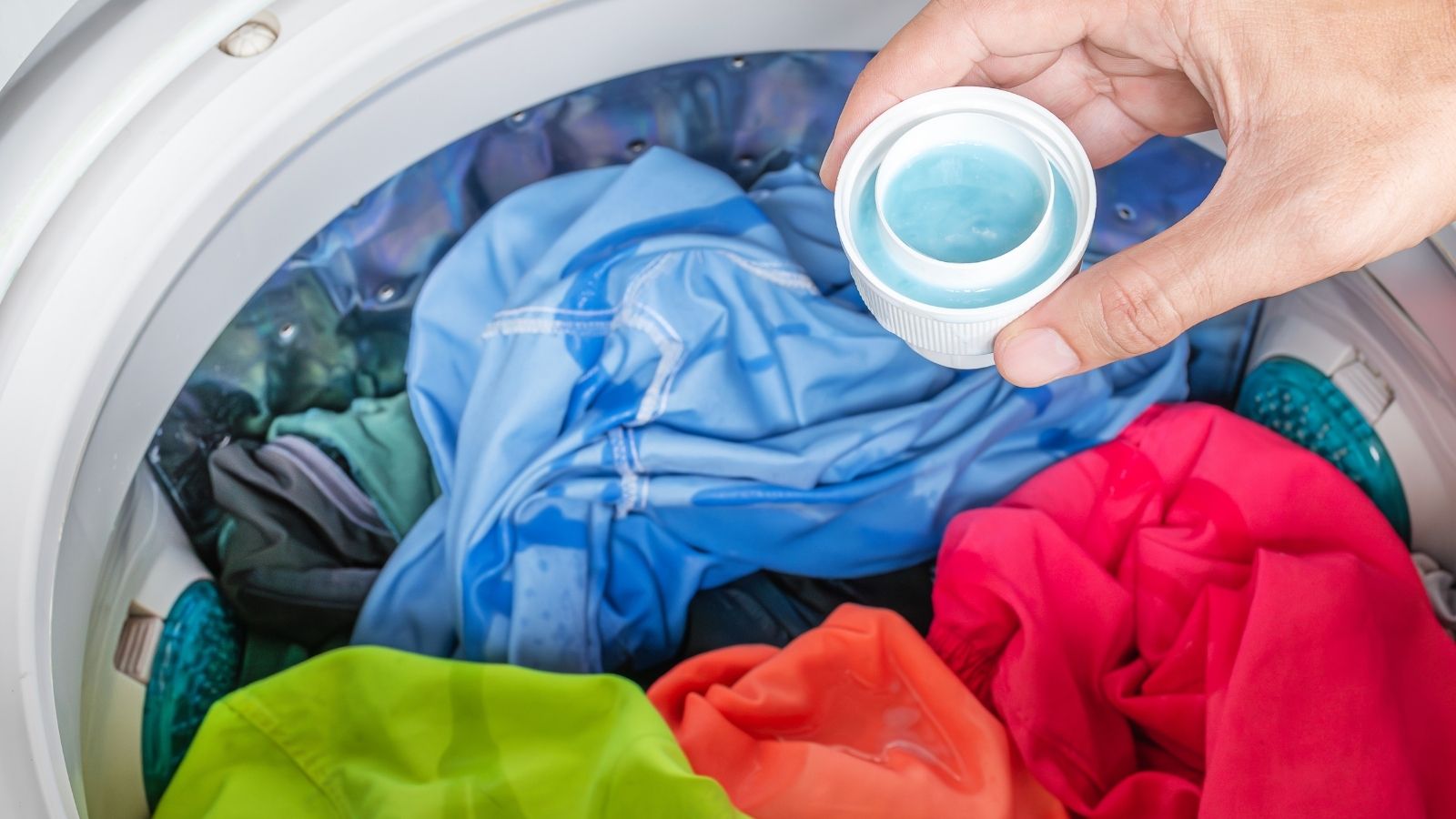
Laundry detergents often contain synthetic fragrances and chemicals like quats and SLS, which can cause skin irritation and respiratory problems. If you have sensitive skin or respiratory issues, it may be helpful to choose laundry detergents that are free of these chemicals
Furniture and Carpeting

Off-gassing is the process by which new carpet and furniture frequently release formaldehyde and other toxins into the air. These vapors can cause headaches, nausea and respiratory problems, and they can stay in your house for months.
Sunscreen
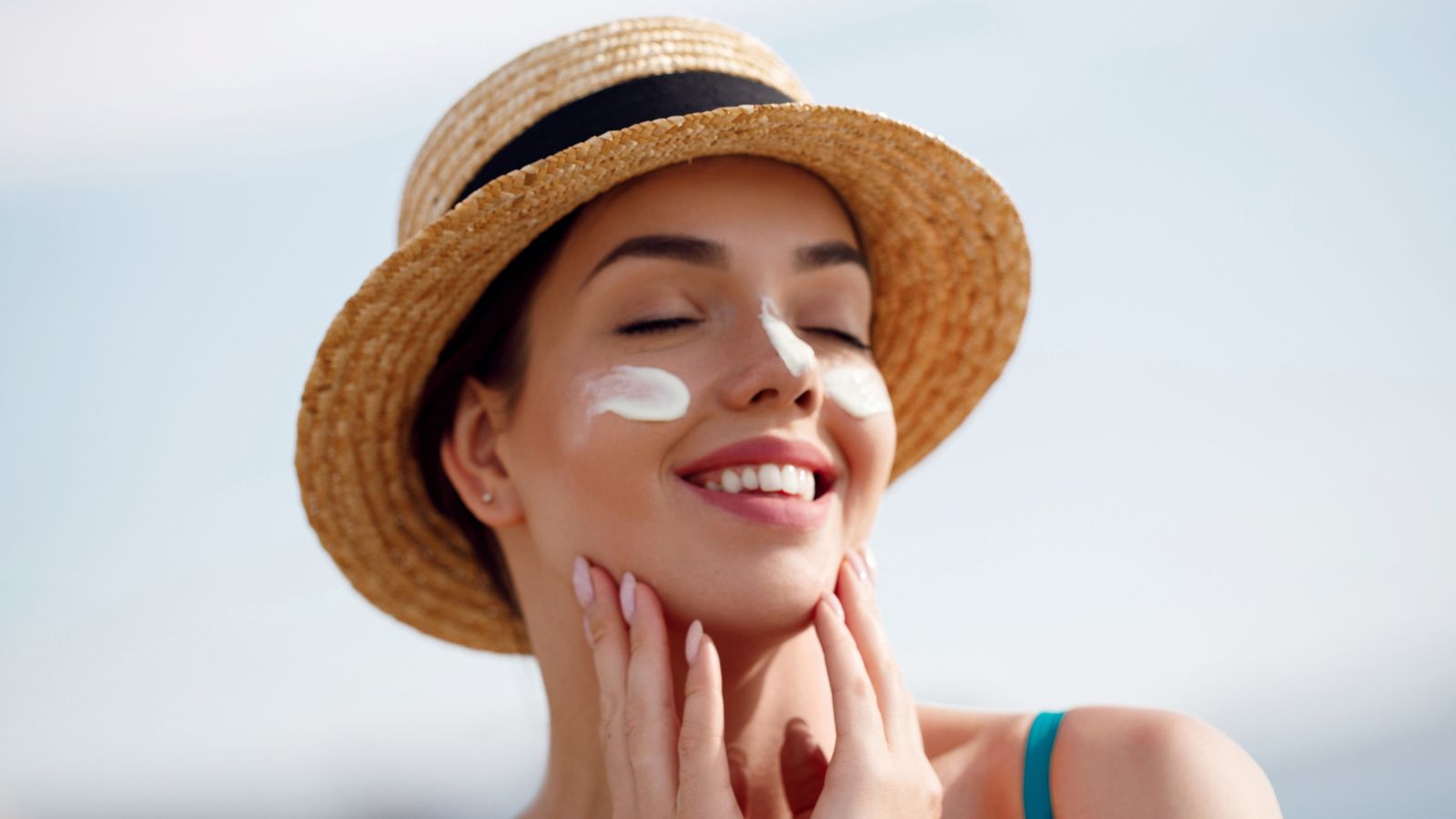
Some sunscreens contain oxybenzone, a chemical that has been shown to disrupt hormones and cause skin irritation. Not only is sunscreen dangerous to humans, when it washes off into the ocean, it can harm marine life and coral reefs. Opting for mineral-based sunscreens with zinc oxide or titanium dioxide can offer safer alternatives.
Hair Dyes

Many commercial hair dyes contain p-phenylenediamine (PPD) and ammonia, both of which are known allergens and can cause severe skin irritation. Long-term exposure to hair dyes has been linked to an increased risk of bladder cancer and some other health issues.
Non-Organic Produce

Non-organic fruits and vegetables are often sprayed with pesticides that can leave behind harmful residues. There’s evidence showing that some pesticides have been linked to hormone disruption, developmental issues and even some cancers. If you have to buy non-organic products you should wash thoroughly before cooking.
Clothing Treated with Flame Retardants
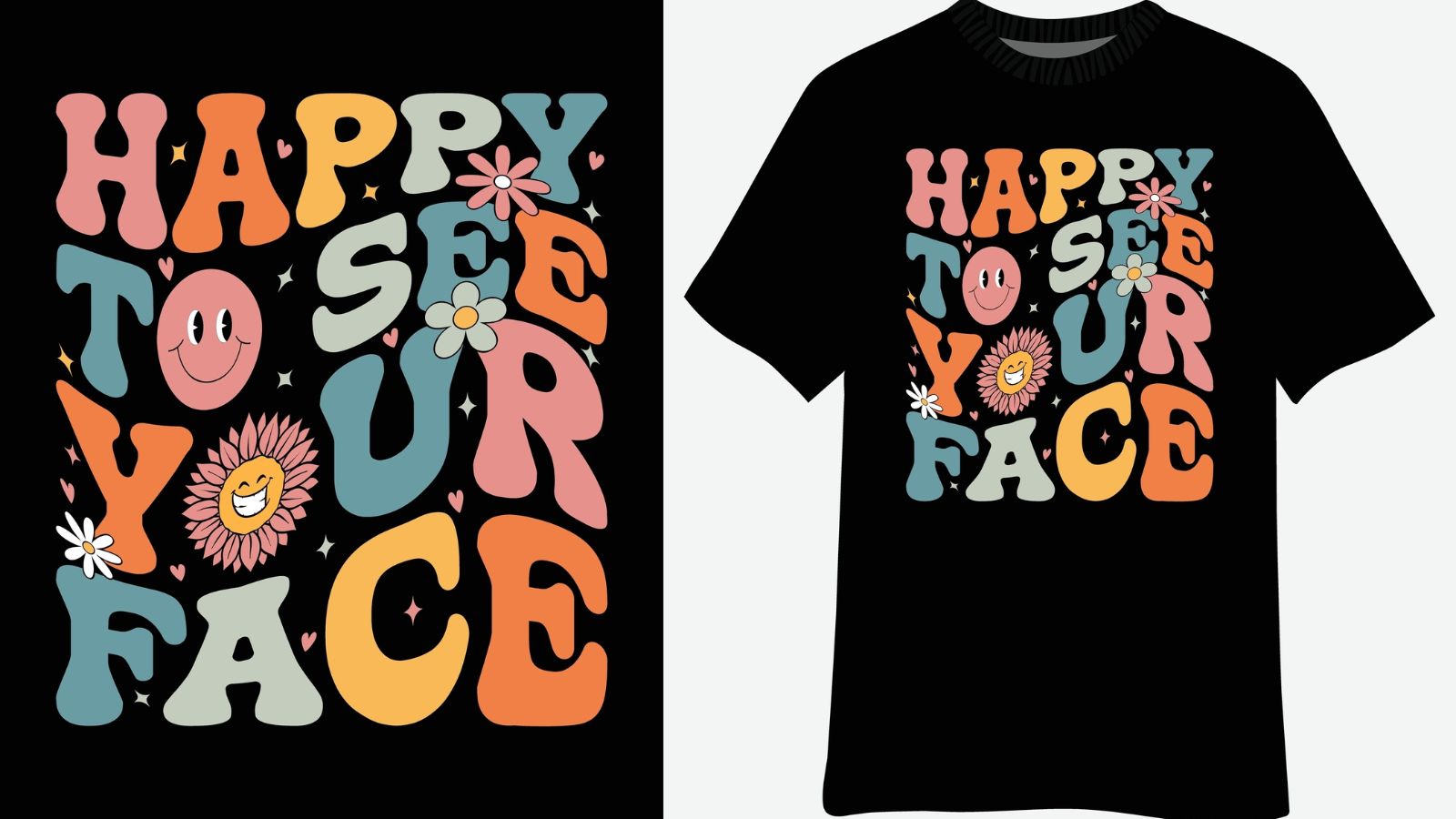
Many household items are treated with flame retardants, which have been linked to cancer and hormone problems. As many treated clothes are worn by children, the chemicals have been shown to cause developmental issues, with the risk increasing when fabrics degrade over time, releasing the chemicals into the air.
Deodorants and Antiperspirants
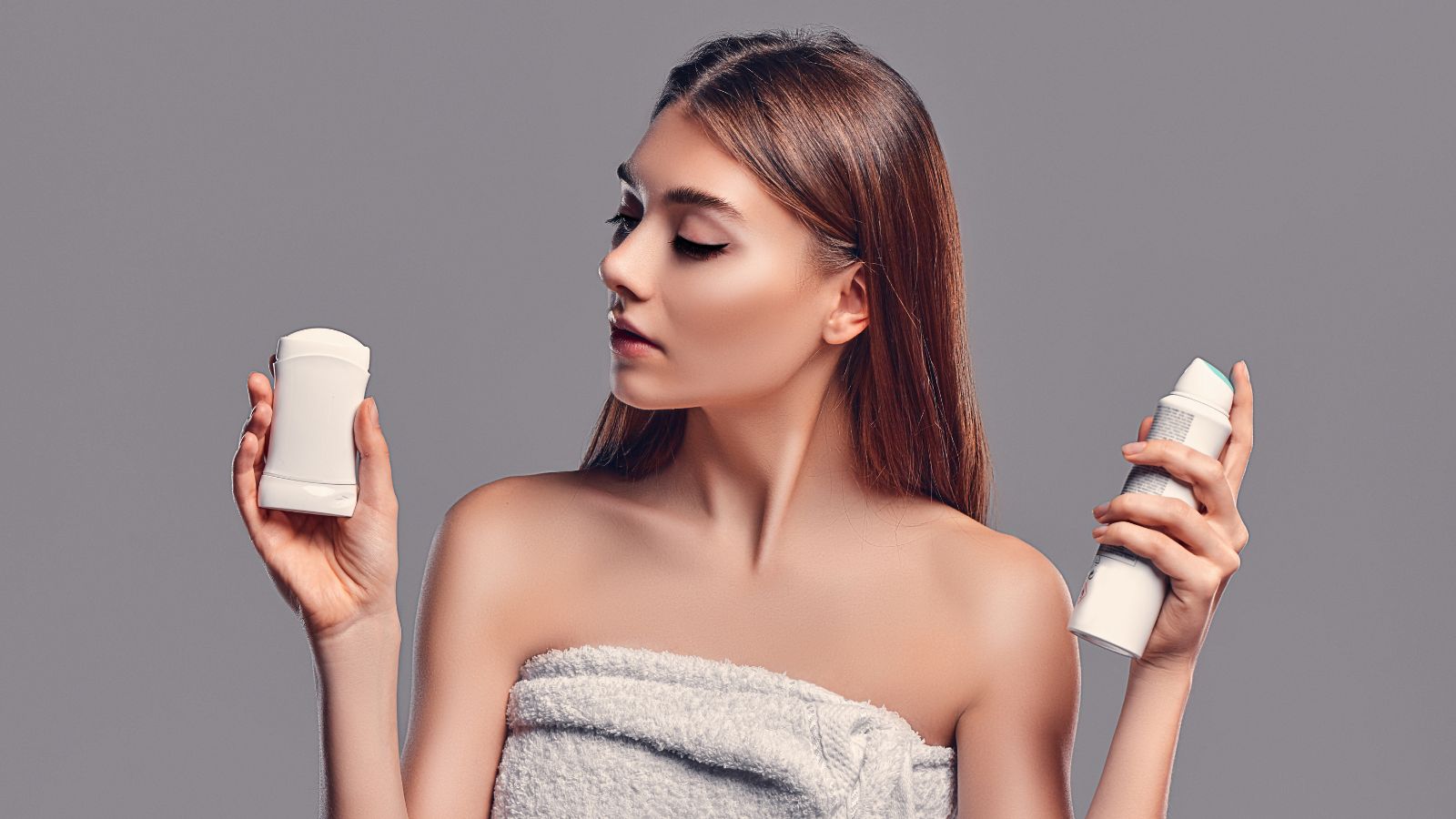
Some deodorants and antiperspirants contain aluminum-based compounds that temporarily block sweat glands. Aluminum has been linked to breast cancer and neurological issues like Alzheimer’s disease and other forms of dementia.
Scented Candles

Although scented candles might be calming, they can also release harmful substances like benzene and toluene when they burn. Benzene and toluene are known carcinogens that can cause lung issues and cancer if you’re exposed to them for long periods, which will make you think twice about getting cozy by candlelight.
Microwave Popcorn

The buttery flavor in microwave popcorn often comes from a chemical called diacetyl, which has been linked to lung disease when inhaled in large quantities. Additionally, popcorn bags are lined with perfluorinated compounds (PFCs), which have the potential to seep into the popcorn during cooking and increase the risk of long-term health issues like cancer.
18 Reasons Why People Are Leaving Florida in Masses

Exploring factors that impact the desirability of living in Florida, this list delves into various challenges shaping residents’ experiences. From environmental concerns like rising sea levels to economic factors such as fluctuating job markets, these issues collectively contribute to a nuanced understanding of the state’s appeal.
18 Reasons Why People Are Leaving Florida in Masses
